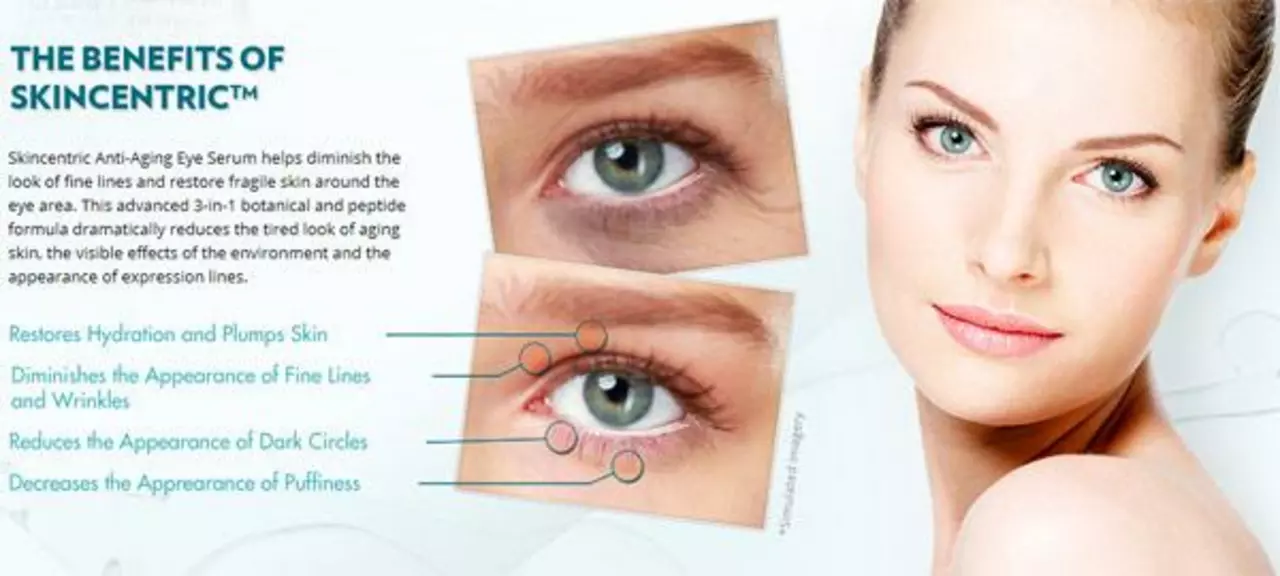Skincare Tips: Simple Steps You Can Start Today
Most people think fancy products fix skin, but routine beats hype. Small, consistent changes—cleaning, moisturizing, and sunscreen—give the biggest payoff. Below you’ll find clear steps that actually work, not trends or gimmicks.
First, pick the right cleanser. If your skin feels tight after washing, the cleanser is too harsh. Look for gentle, fragrance-free formulas labeled "for sensitive skin" or "non-foaming" if you’re dry. For oily or acne-prone skin, a gel or foaming cleanser with salicylic acid once daily can help. Wash twice a day—morning and night—and always remove makeup before bed.
Moisturizer matters more than you think. Hydration keeps skin barrier healthy and reduces irritation. For dry skin use creams with ceramides and hyaluronic acid. For oily skin choose lightweight, non-comedogenic lotions or gels. Apply moisturizer while skin is slightly damp—this traps water and boosts effectiveness.
Sunscreen is non-negotiable. Use a broad-spectrum SPF 30 or higher every morning, even on cloudy days. Apply about a nickel-sized amount to face, and reapply every two hours when you’re outside. If you wear makeup, use a sunscreen under it or switch to a foundation with SPF as a backup—still reapply when possible.
Quick daily routine
- Morning: gentle cleanser → vitamin C serum (optional) → moisturizer → SPF 30+
- Evening: gentle cleanser → targeted treatment (retinoid or spot treatment) → moisturizer
- Weekly: one gentle exfoliation (AHA or BHA) max 1–2 times; skip if irritated
Introduce active ingredients slowly. If you try retinoids, start twice a week and build up. Use AHA (glycolic) or BHA (salicylic) exfoliants once a week to begin. Don’t layer strong actives all at once—combine them carefully or alternate nights. Niacinamide is friendly with most products and helps with redness and texture.
Be cautious with prescription or strong topical meds. For example, topical steroids can help inflammation short-term but harm skin if used too long, especially on the face. Crotamiton cream helps itch but still needs correct use. Always check with your pharmacist or doctor before mixing prescription creams with over-the-counter products. If a product causes burning, severe redness, or swelling, stop and ask a pro.
When to see a professional
If you have sudden painful rashes, spreading redness, open sores, or persistent acne that won’t respond to basic care, see a dermatologist. Also consult if you need stronger topical meds or if you’re unsure how to combine treatments. Pharmacists can answer questions about safe use and interactions for over-the-counter and prescription skin meds.
Start small: simplify your routine, use sunscreen daily, and introduce one active at a time. Track what works and what doesn’t for a few weeks. Want product suggestions or help matching ingredients to your skin type? Check our guides or ask a pharmacist—getting the basics right will make the rest easier.

The Impact of Air Travel on Wrinkles: Tips for Maintaining Fresh Skin on the Go
As a frequent traveler, I've noticed that air travel can have a significant impact on my skin, especially when it comes to wrinkles. The dry cabin air and changes in pressure can easily dehydrate our skin, making it more prone to fine lines and wrinkles. To maintain fresh and youthful skin on the go, I always make sure to stay hydrated by drinking plenty of water, using a moisturizer specifically designed for air travel, and applying a hydrating face mask during long flights. Additionally, getting enough sleep and avoiding excessive sun exposure can also help keep our skin looking its best during our travels. So, don't forget to take care of your skin while traveling to keep it looking fresh and wrinkle-free!
